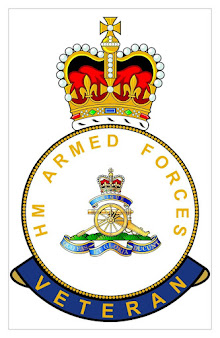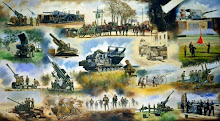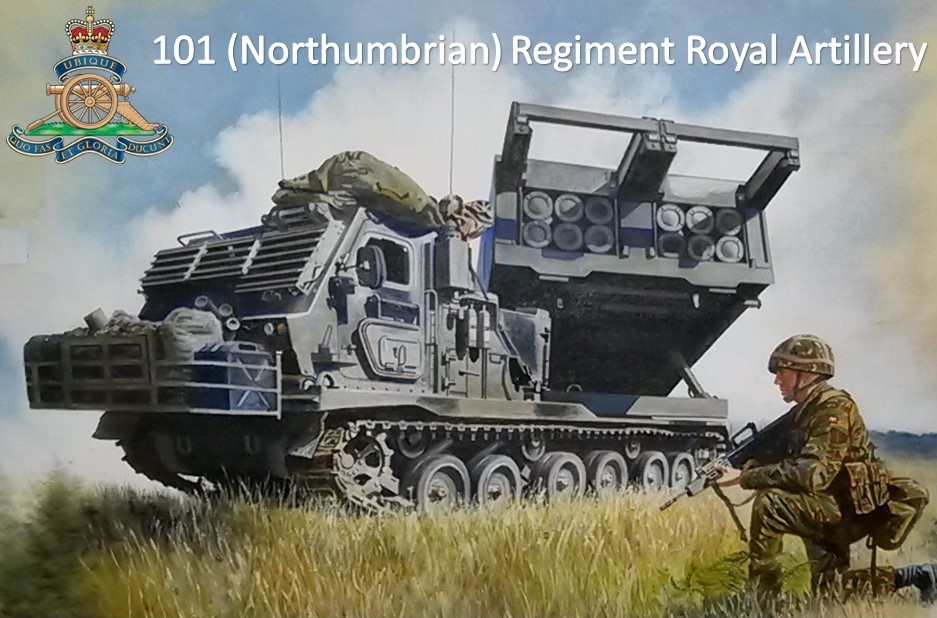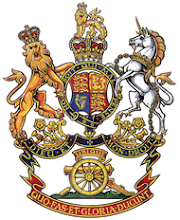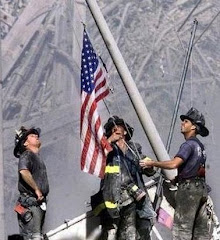In May 1940 the British Expeditionary Force were withdrawing to Dunkirk to be evacuated to England. The intent was to rescue the troops from three beaches and the harbour of Dunkirk. Operation Dynamo would resulted in the evacuation of 338,226 troops, of which 239,446 would be rescued from Dunkirk, the vast majority from the East Mole.
 |
Dunkirk Harbour
Looking towards the East Mole |
 |
| Dunkerque |
 |
| Dunkirk |
On the 27th May 1940 the German Luftwaffe heavily bombed Dunkirk. As well as causing extensive damage to the town, the harbour facilities were rendered inoperable. The towns water supplies were knocked out making the extinguishing of fires impossible.
 |
Dunkirk 1940
German Luftwaffe Air Raids |
 |
Dunkirk 1940
German Luftwaffe Air Raids |
 |
Dunkirk 1940
Oil facilities burning |
 |
| Dunkirk 1940 - Dunkirk Harbour |
 |
| Dunkirk 1940 - Ruins |
 |
| Dunkirk - scene in March 2018 |
The lack of harbour facilities together with the difficulties of evacuating from the beaches meant it took hours to fill the ships waiting offshore. During this time they were vulnerable to air attack from the German Luftwaffe.
The Senior Officer at Dunkirk, Captain William Tennant, decided to survey the two moles which protected the harbour. The structures were designed to act as breakwaters, they were never intended as loading facilities for ships. The East Mole was 1,460 (1,600 yards) long, constructed of wood and could only accommodate troops standing three abreast. Despite it's limitations, the mole offered hope to the beleaguered troops. On the 28th May the passenger steamer Queen of the Channel successfully became the first ship to dock against the mole, 950 troops boarding her, and within a hour she was bound for England. By the end of the day 11,874 soldiers were taken from the East Mole.
 |
| Queen of the Channel |
 |
Dunkirk 1940
Troops on the East Mole |
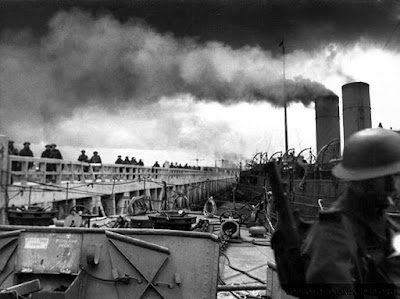 |
Dunkirk 1940
Ships alongside East Mole |
 |
Dunkirk 1940
Troops on the East Mole |
 |
Dunkirk 1940
Troops boarding ships on the East Mole |
 |
Dunkirk 1940
Troops boarding ships on the East Mole |
 |
Dunkirk March 2018
Looking towards the East Mole. |
To protect the mole, a makeshift collection of available anti-aircraft guns were assembled under the command of CO 1st HAA Regiment. Heavy guns and three light guns on the mole its self were deployed to concentrate fire to protect the ships as they embarked the troops and headed out to sea.
 |
Dunkirk 1940
Anti-Aircraft Guns |
Despite a heavy air raid on the 29th May the mole remained in use. On the 30th, Anthony Eden, Secretary of State for War instructed that going forward the ratio of evacuations should be on a 50-50 basis with the French Army. The Commander of the BEF, Lord Gort, departed from the Mole on the 31st May, by which time his actions had lead to nearly half of the BEF being saved. Gort had wanted to stay to the last, but was ordered home by Prime Minister Winston Churchill.
Amongst those evacuated on the 1st June were 151 (Durham Light Infantry) Brigade from the 50th (Northumbrian) Division. The history of 8 DLI records;
"it was of with a feeling of relief that the anxious men climbed out of their slit trenches. The long line of troops moved slowly along the mole with the British one one side of the causeway and French on the other. The beaches and harbour were under light shellfire and in the town of Dunkirk many large fires were burning. The mole itself and ships alongside, mostly minesweepers were not under fire and a group of British and French soldiers had been stationed just short of the ships to regulate the flow of men to ensure that Allied troops were embarked in equal numbers"
"After passing the regulating party , the men of the 8th Battalion scrambled thankfully over the low rails of a destroyer and were a sea within a few minutes."
"The flames in Dunkirk reached up to the night skies and the dull boom of gunfire came from somewhere inland. The ship set sail for Dover and suddenly everything seemed so quiet and peaceful."
 |
Dunkirk 1940
Royal Navy Destroyer |
By the 2nd June the constant attacks from the air had caused many ships to be lost. Of the 41 destroyers that had began the evacuation, only 9 remained operational. Many civilian ships had been sunk and damaged. it was decided that the last few days of the evacuation would be conducted at night.
The evacuation of the BEF ended on the night of the 3rd June 1940. French troops, mainly from the 12eme and 68eme Divisions, had fought gallantly to hold the German assault on the town of Dunkirk, thereby allowing the operation to be conducted.
The Royal Navy returned on the night of the 4th June and rescued 25, 553 men.
 |
Dunkirk 1940
French troops evacuated from Dunkirk |
In the period from the 28th May, when the East Mole was first used, to 4th June, 231,777 men were evacuated. The pier master for the mole, Commander Jack Coulson Royal Navy , was sadly killed returning to England. In total 239,446 were evacuated form Dunkirk Harbour.
To remember the sacrifices of those who lost their lives during the Battle of Dunkirk a memorial stands near the harbour wall leading to the East Mole. Over a two hundred and thirty thousand men would have passed this spot as they made their way on to the East Mole.
 |
| Dunkerque Memorial |































